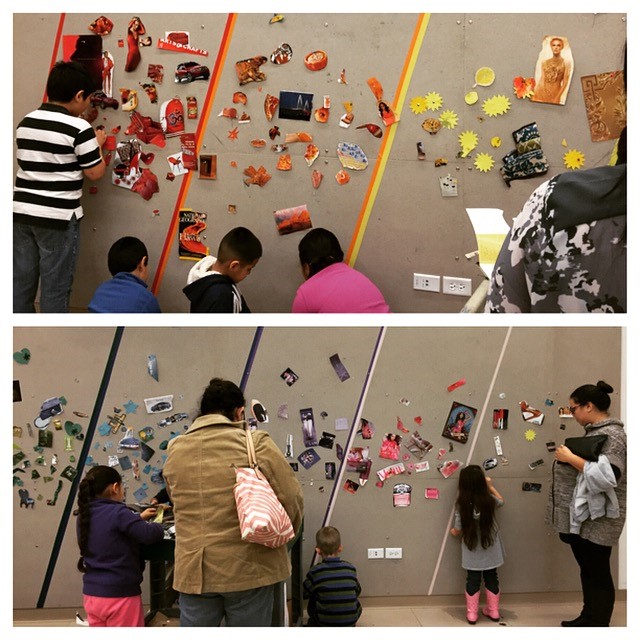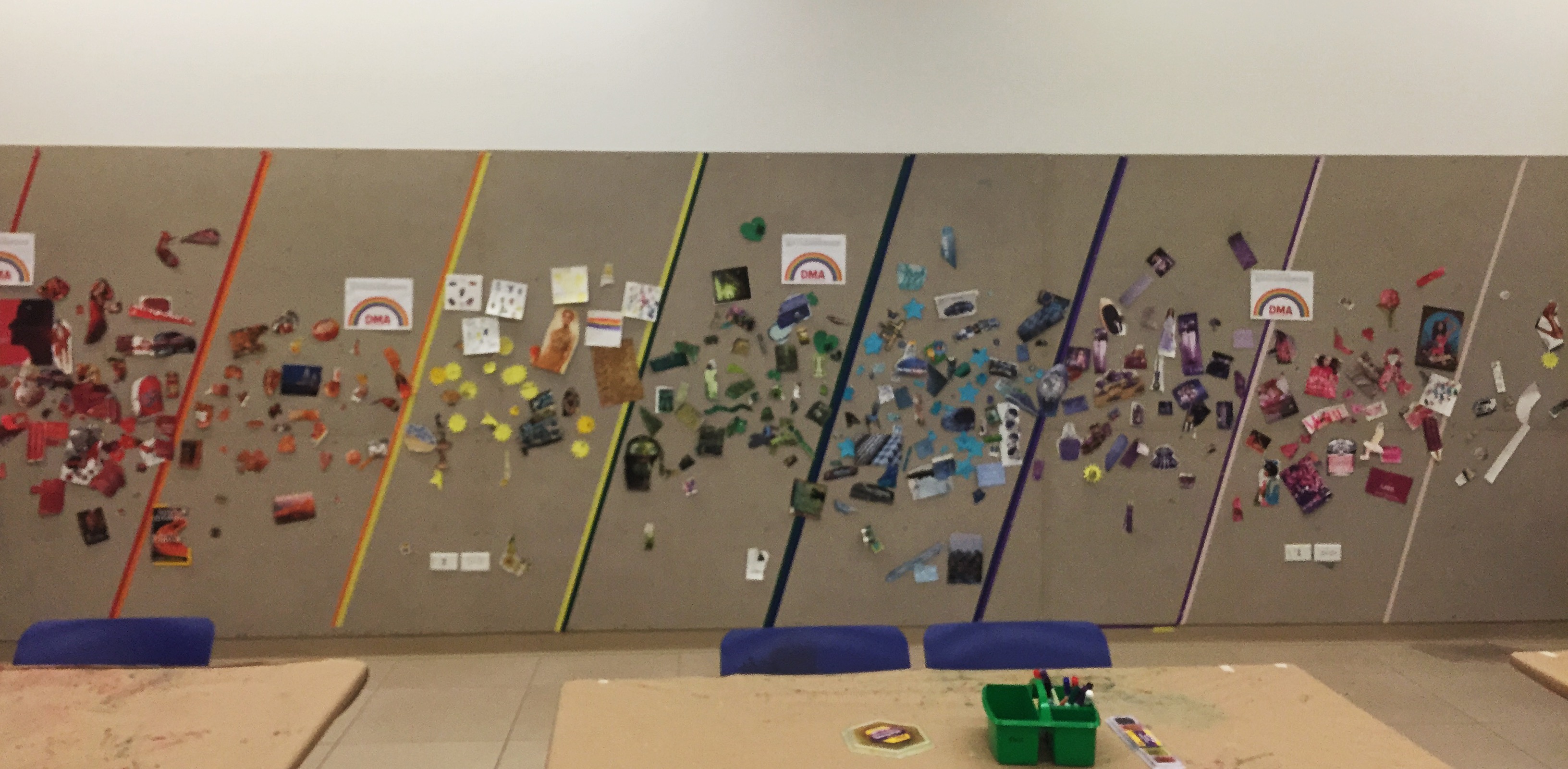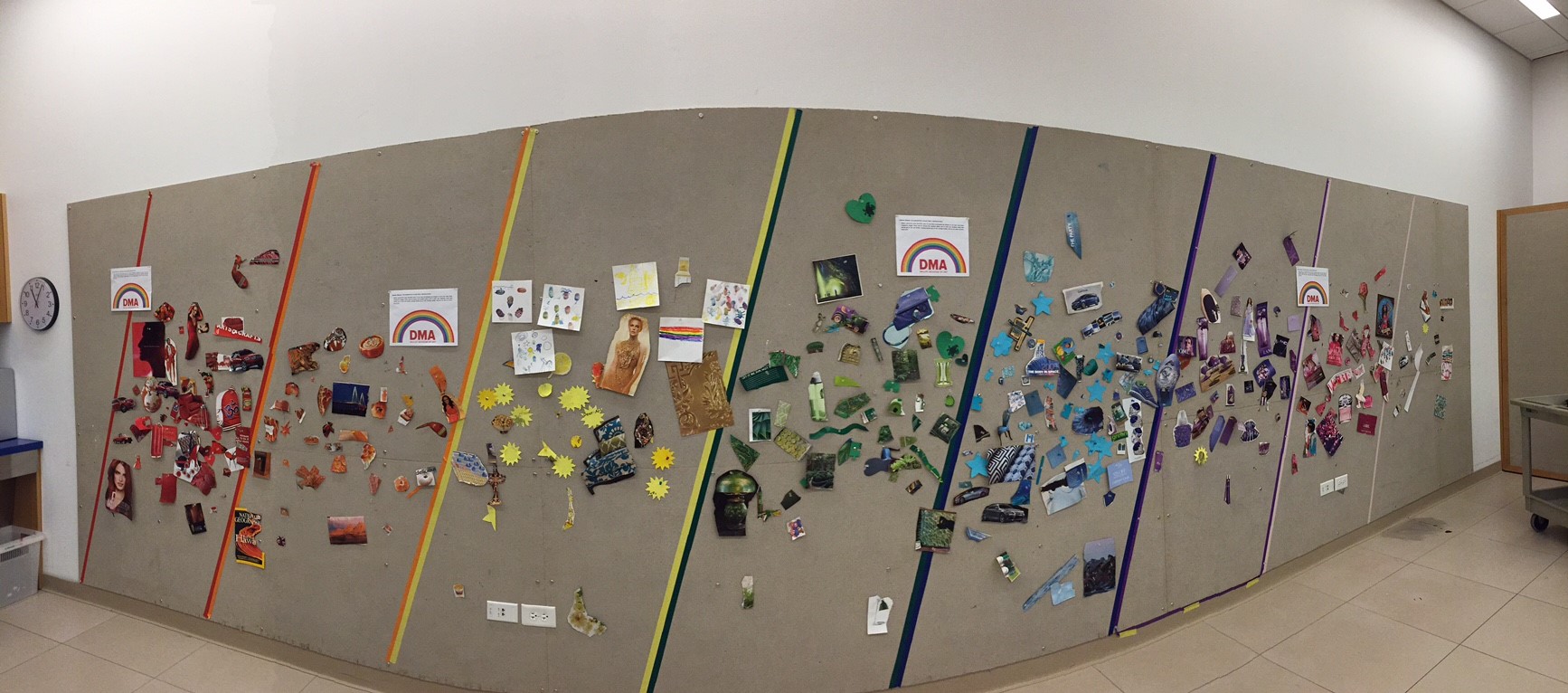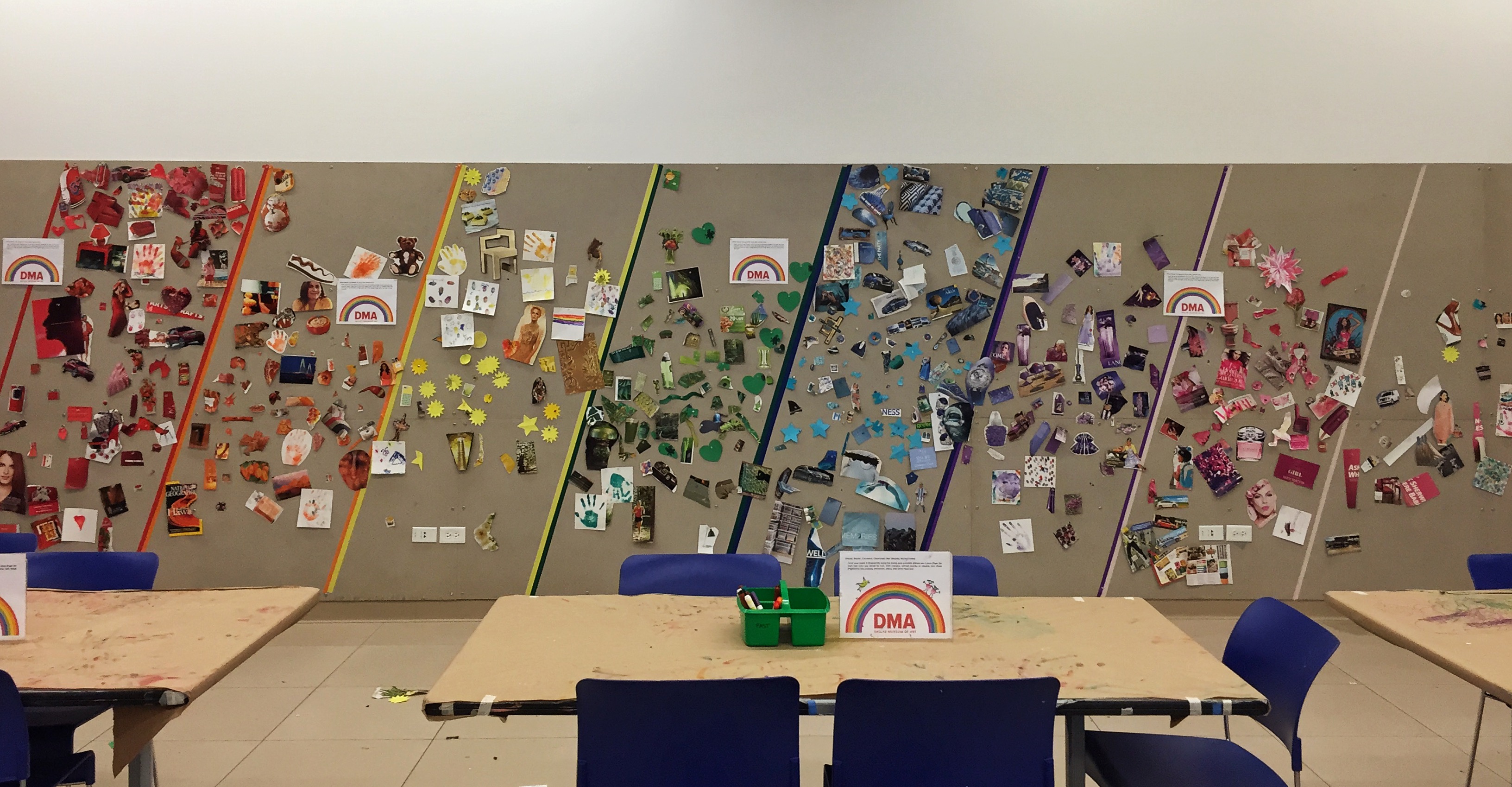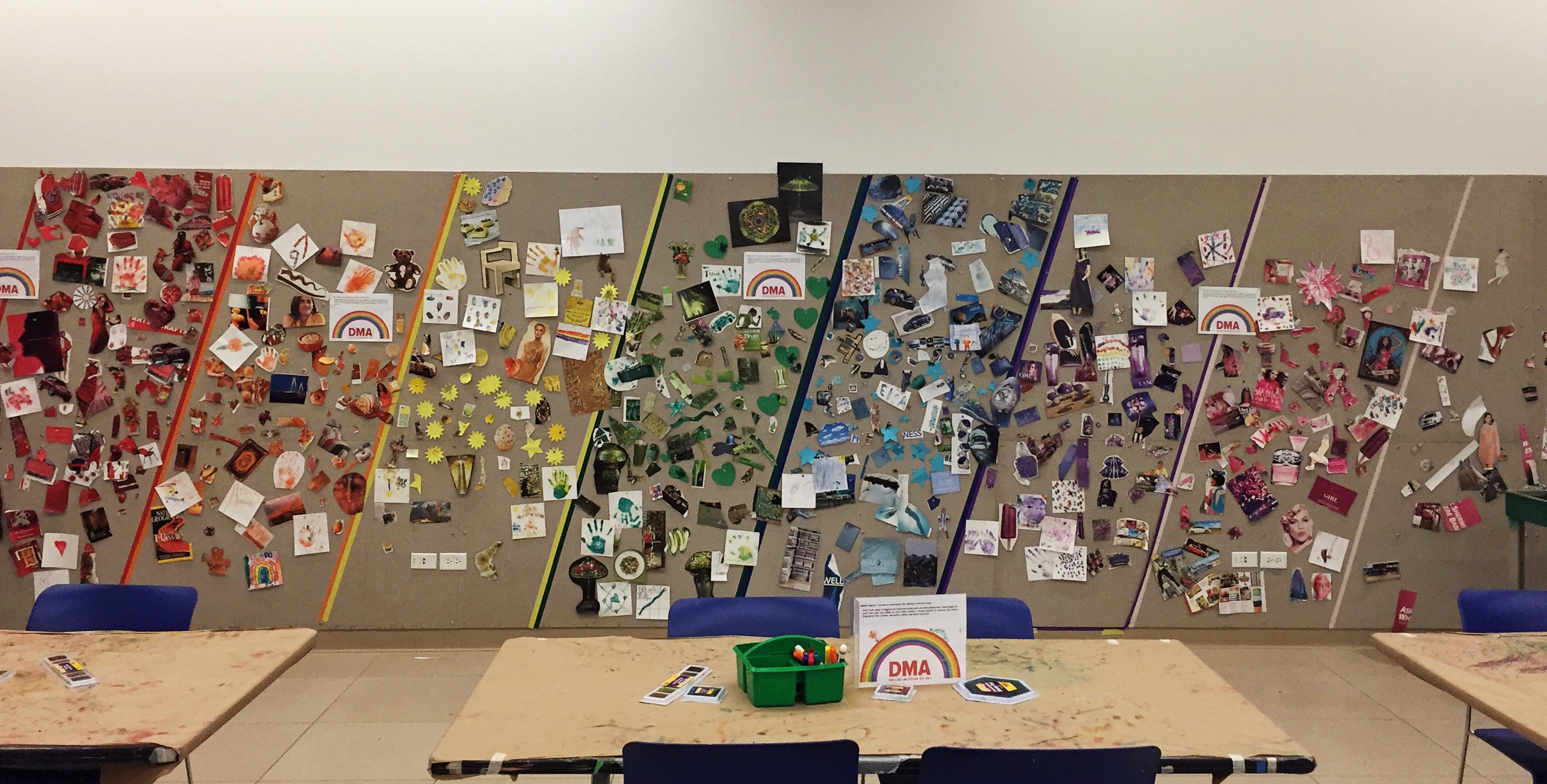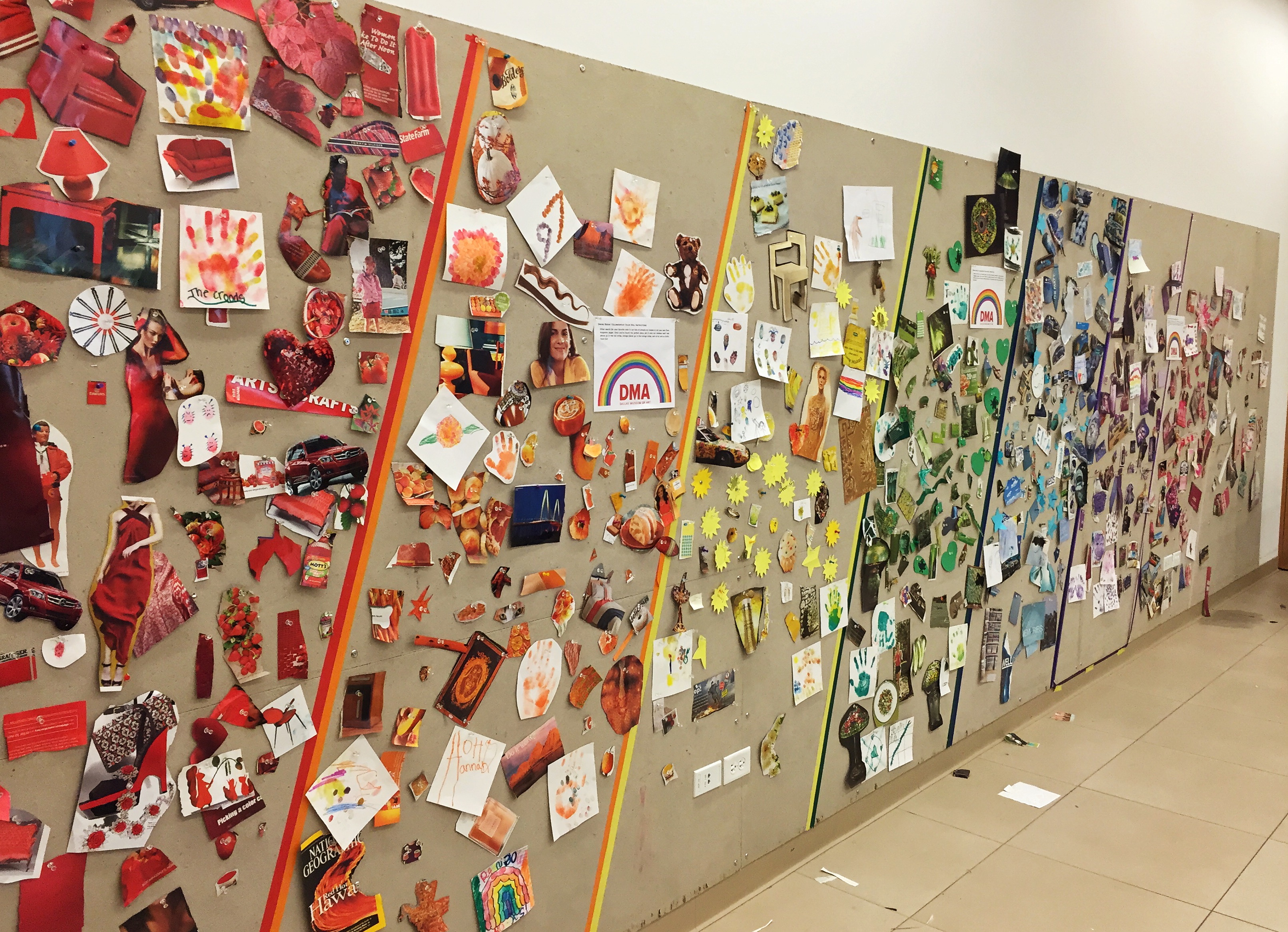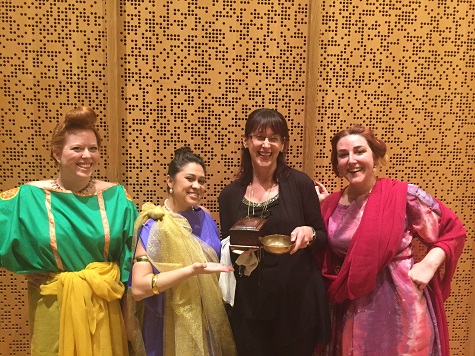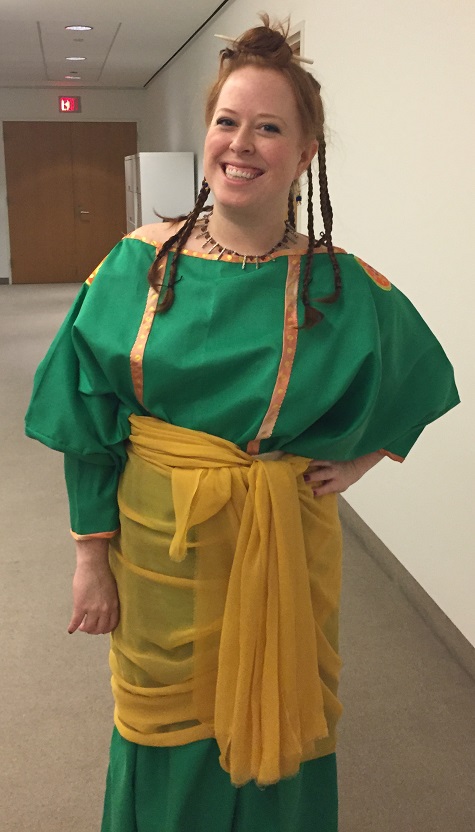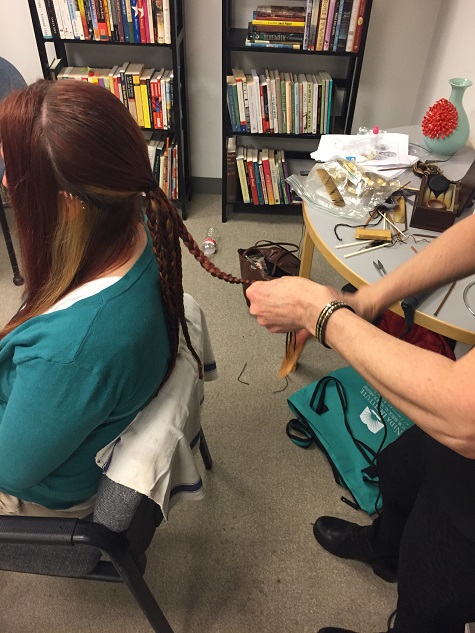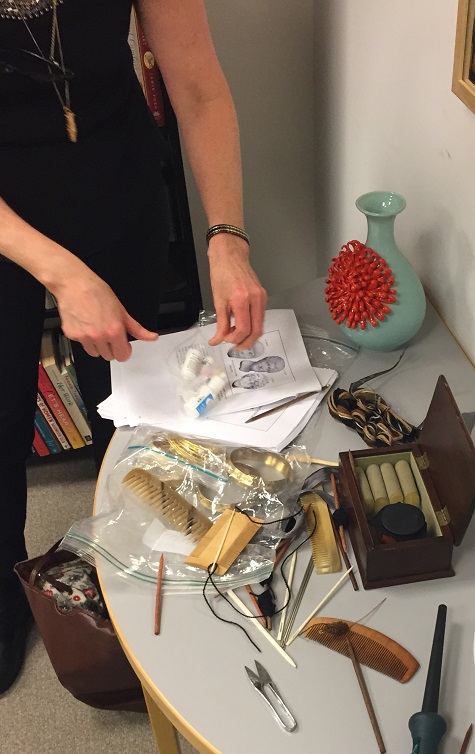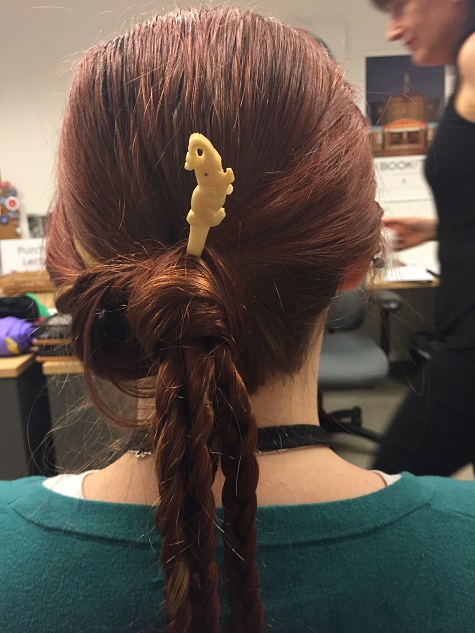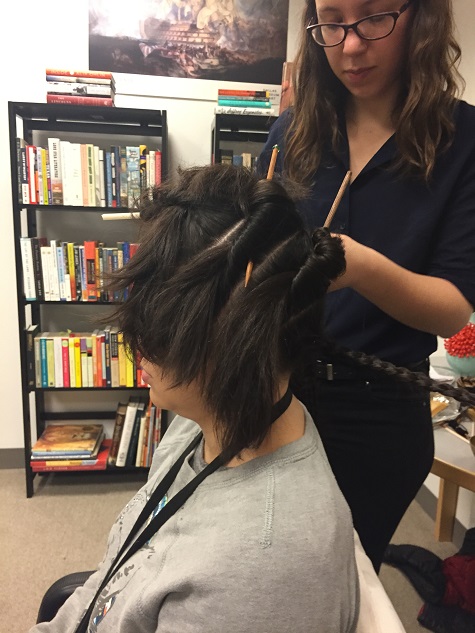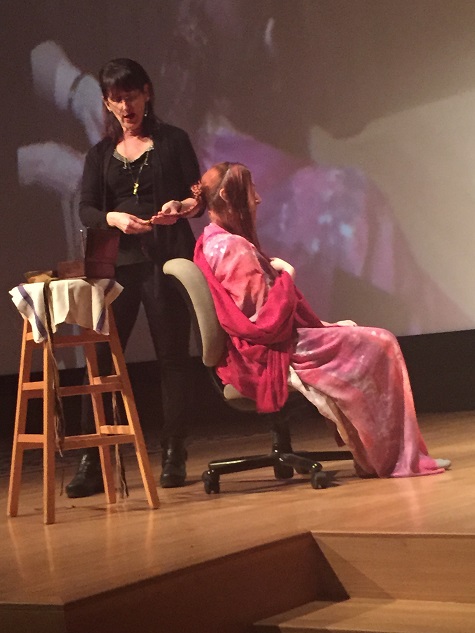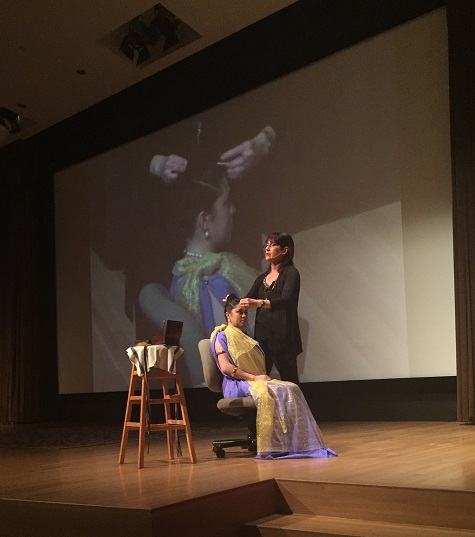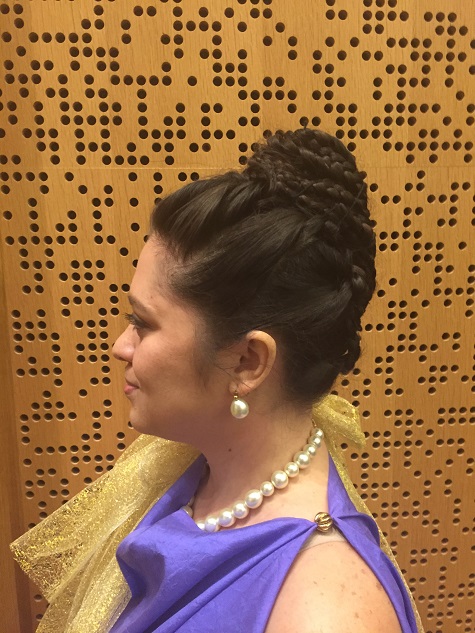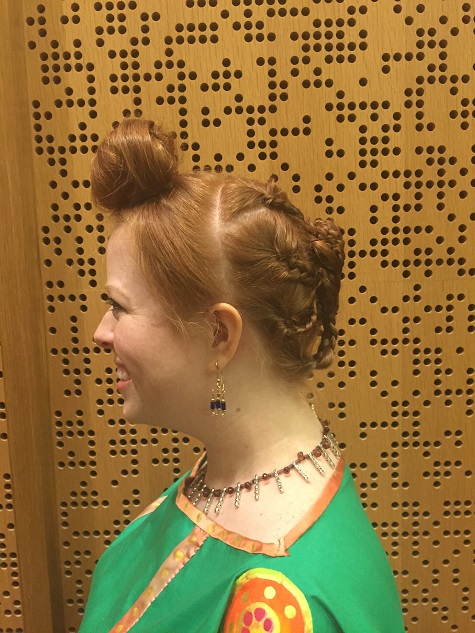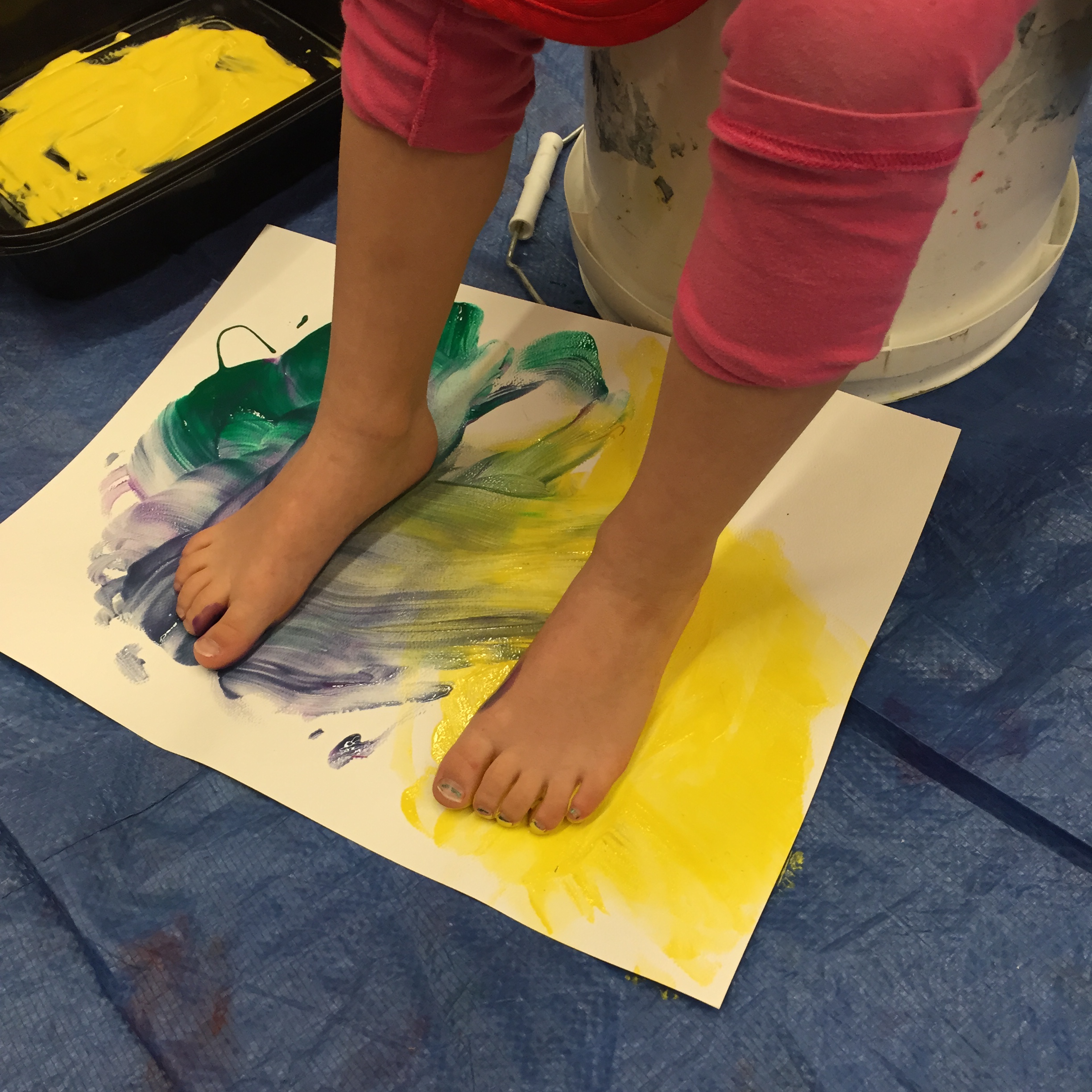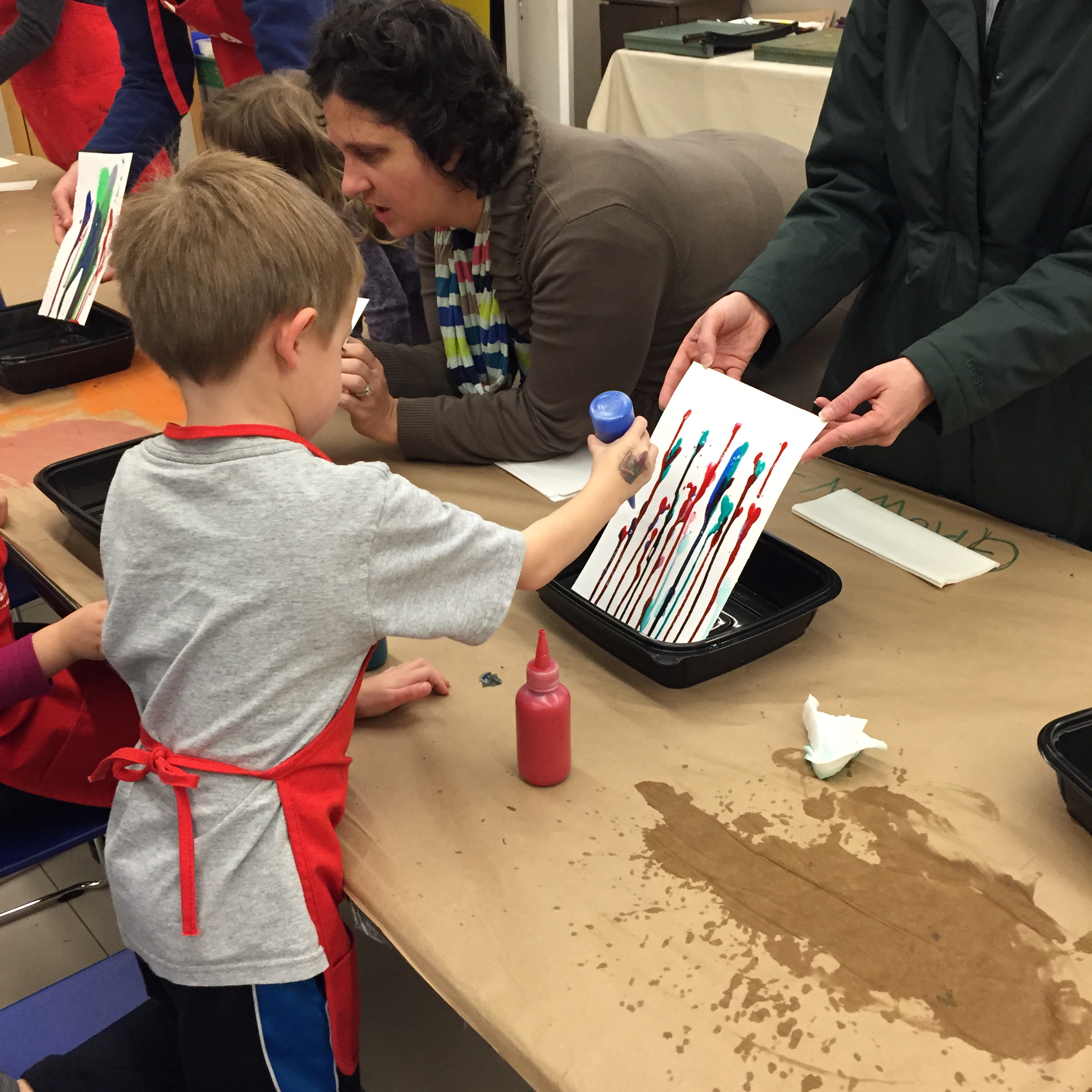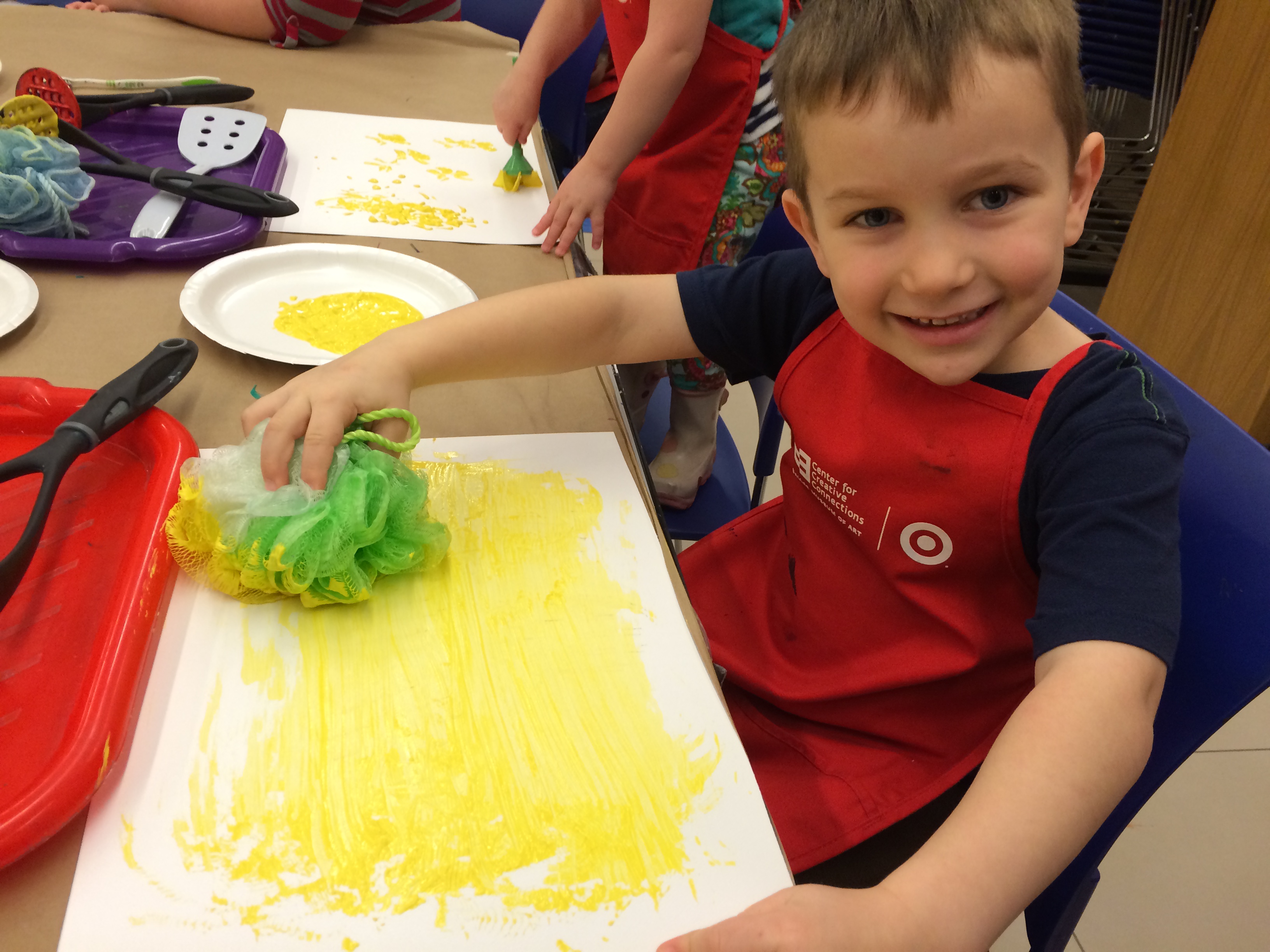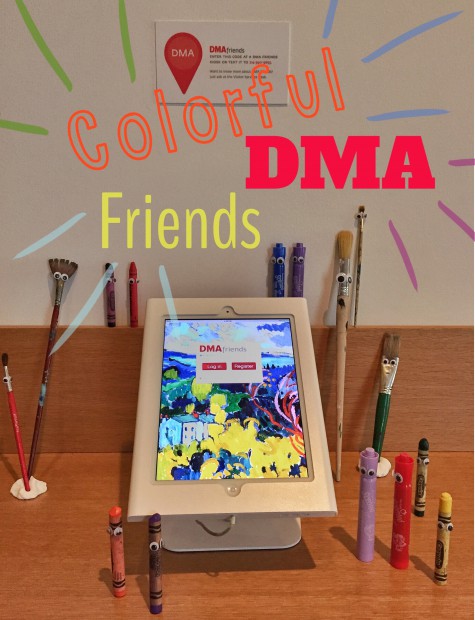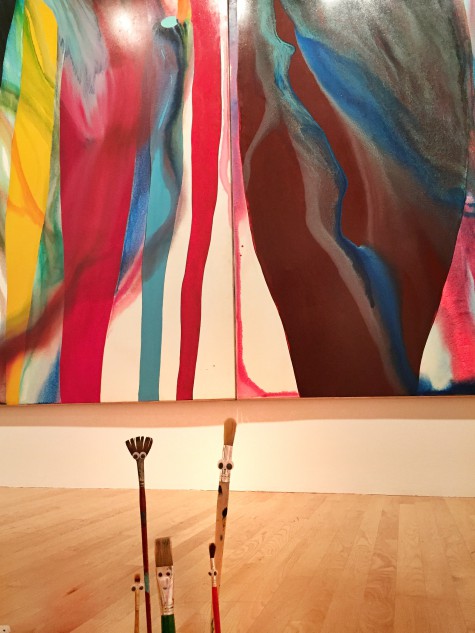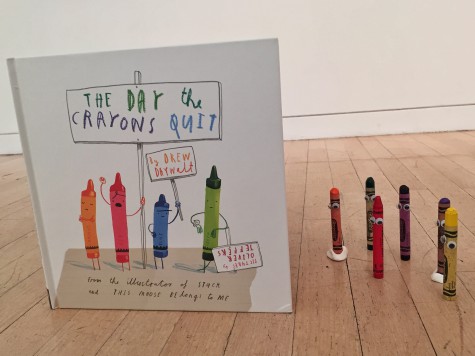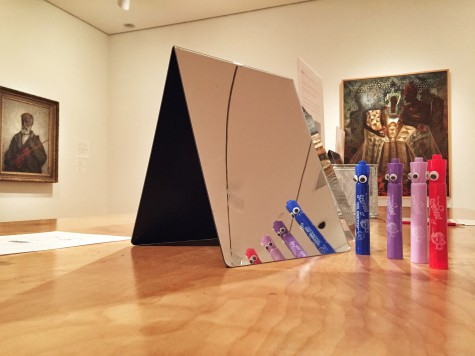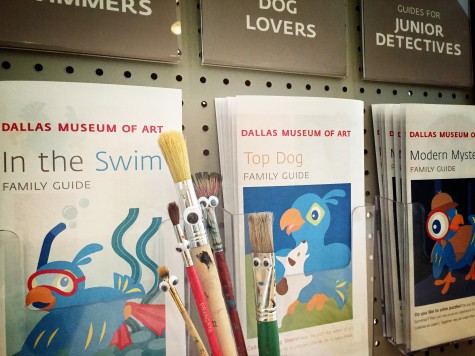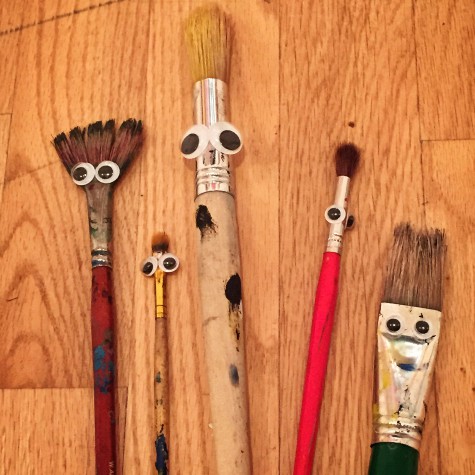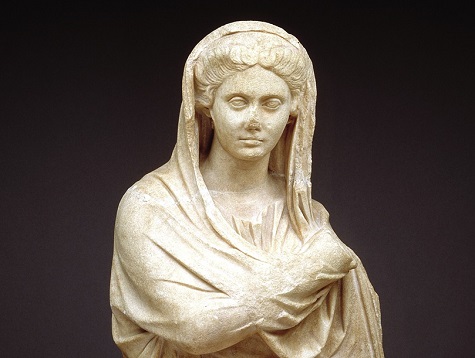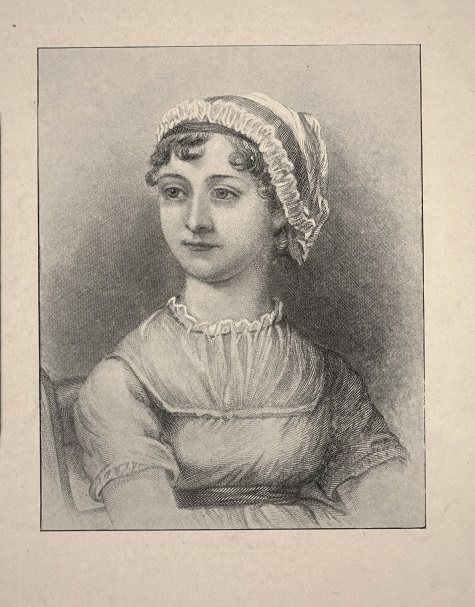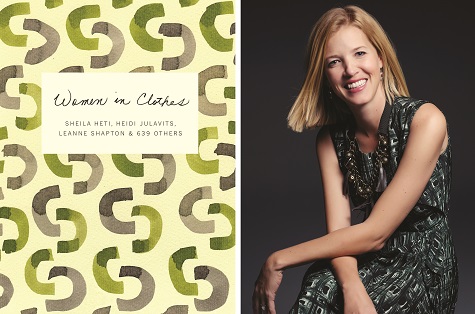If I had to name some things that I could not live without, books and art would be first on that list (along with tea, my family, and my cat, of course). These passions led to this blog post, which combines the two! During my time at the DMA, I constantly find similarities or connections between some of the works in the collection and books that I have read, so I wanted to take this opportunity to share a few of my favorites!
Standing Female Figure & The Poisonwood Bible
-
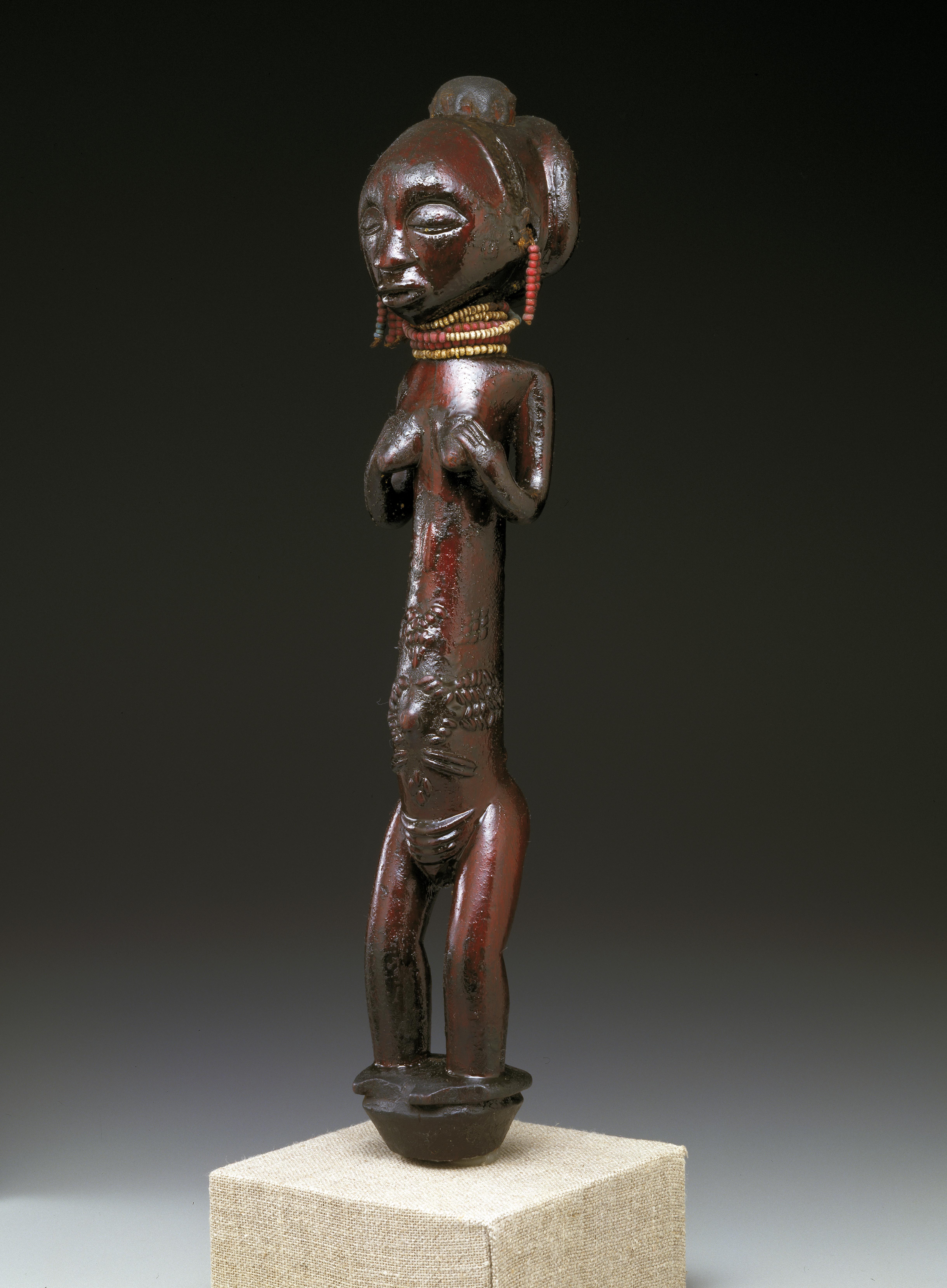
-
Standing Female Figure, Democratic Republic of the Congo, Luba People, late 19th-early 20th century, Dallas Museum of Art, The Clark and Frances Stillman Collection of Congo Sculpture, gift of Eugene and Margaret McDermott, 1969.S.96
-
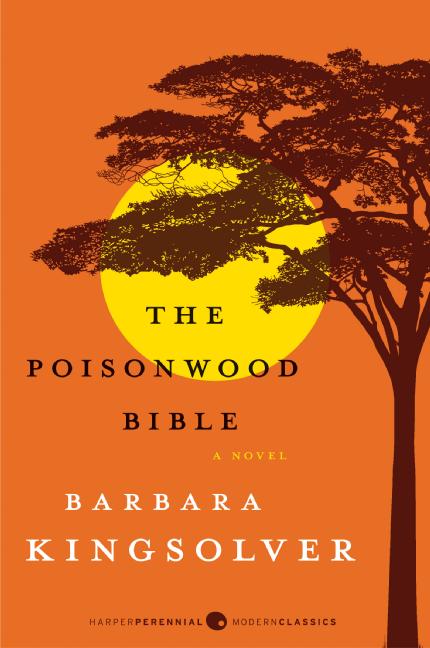
-
The Poisonwood Bible, Barbara Kingsolver, 1998.
Those who enjoy our expansive collection of African art should consider reading The Poisonwood Bible by Barbara Kingsolver. The novel tells the story of the Prices, a missionary family who move to the Belgian Congo in 1954. The family is made up of Nathan, a Baptist missionary, his wife Orleanna, and their five daughters. Narrated in turns by each of the five women, The Poisonwood Bible tells of their initial reaction to the Congolese villagers to their acclimation over the following years. The Standing Female Figure is from the same region where the fictional Price family settled: the Democratic Republic of the Congo (known to the Price family in 1954 as the Belgian Congo). This piece depicts a coming-of-age ritual called butanda: this is represented by the arranged hair, the scarification, and beaded accessories. While this type of ritual does not occur in Kingsolver’s novel, the coming-of-age that we see in the statue is paralleled with the family’s acclimation to their life in Africa.
Lobster Pick & The Beautiful and the Damned
-
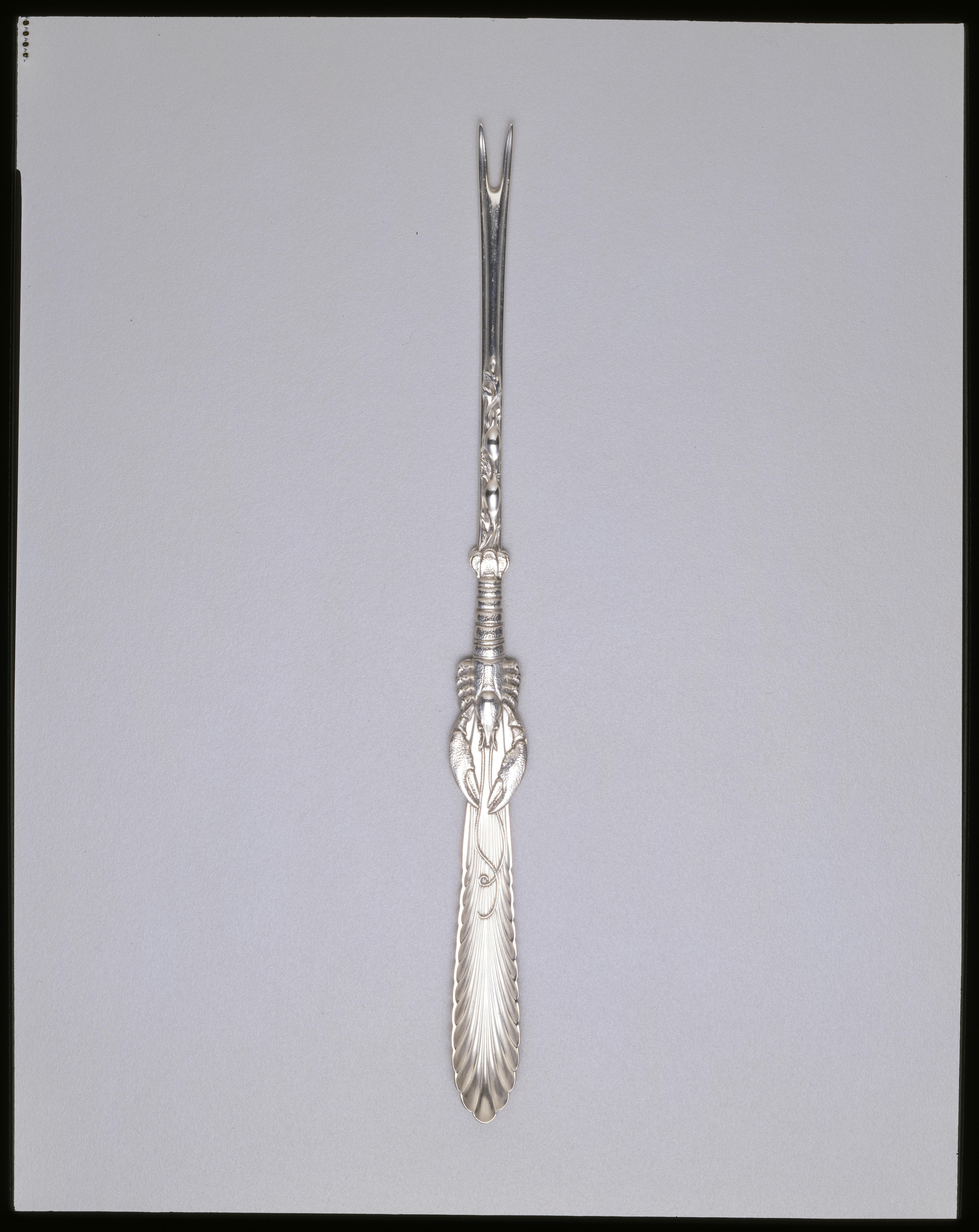
-
Lobster Pick, Frank W. Smith Silver Company Inc., c. 1910-1930, Dallas Museum of Art, The V. Stephen Vaughan Collection, gift of the Friends of the Decorative Arts’ 1993 Maryland Trip, 1993.55
-
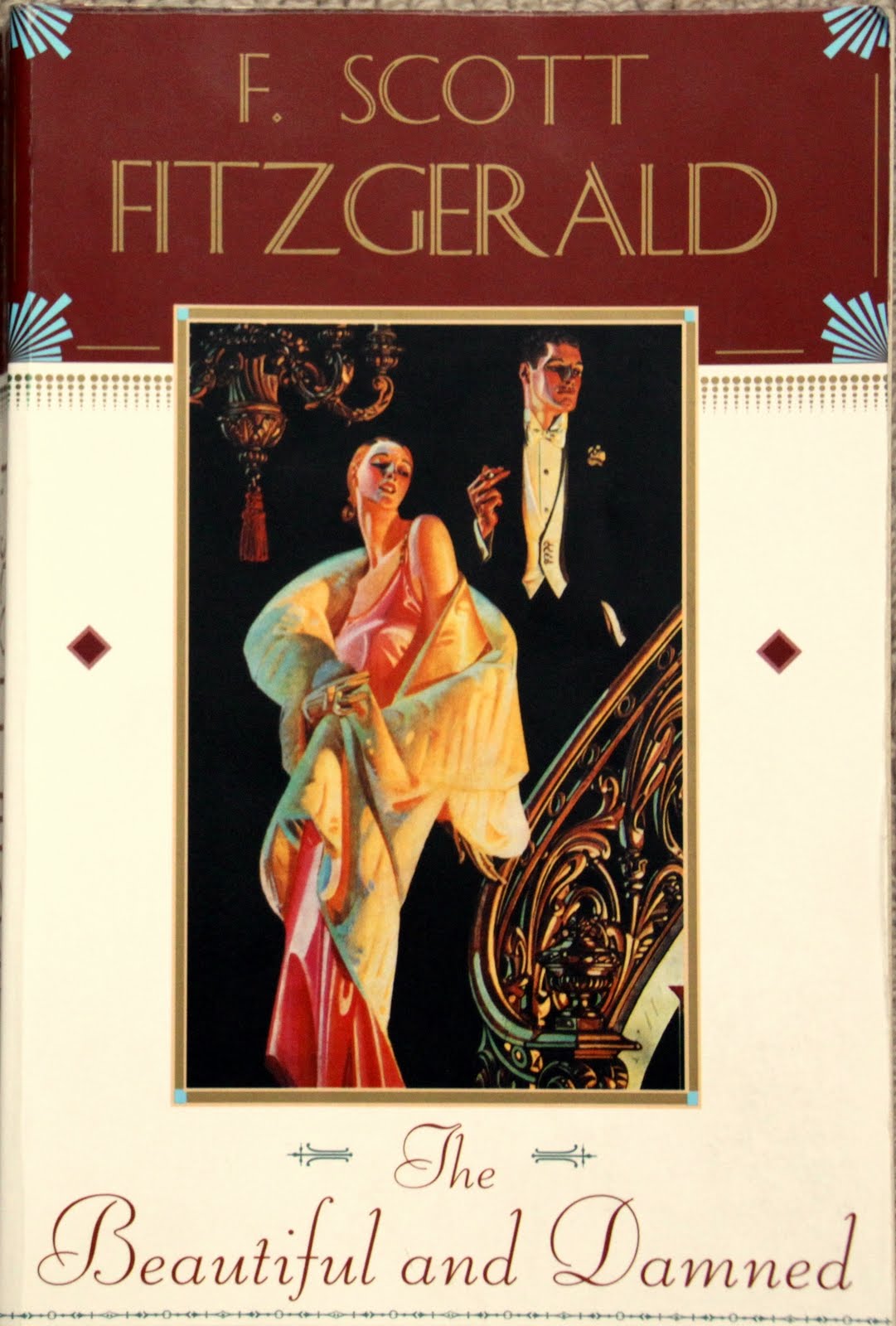
-
The Beautiful and the Damned, F. Scott Fitzgerald, 1922
Those who enjoy the fancifulness and luxury of our American silver collection should turn to F. Scott Fitzgerald for their next novel. While many know Fitzgerald as the author of The Great Gatsby, his other novels should not be overlooked. I recommend The Beautiful and the Damned, which tells the story of Anthony Patch, a wealthy socialite living in New York in the 1910’s. The novel reflects a time of money and decadence, a period referenced with this lobster pick, part of our stunning silver collection.
Drouth Stricken Area & The Grapes of Wrath
-
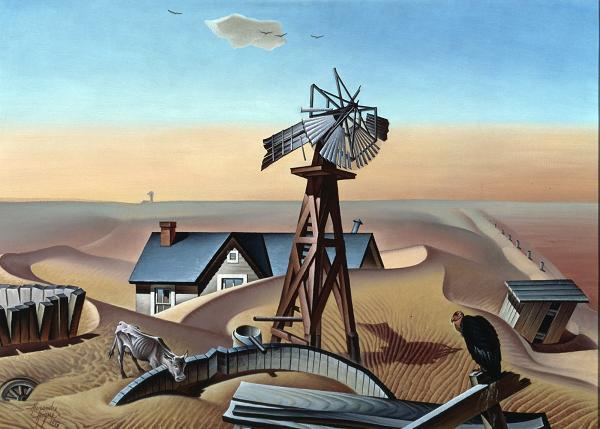
-
Drouth Stricken Area, Alexander Hogue, 1934, Dallas Museum of Art, Dallas Art Association Purchase, 1945.6
-
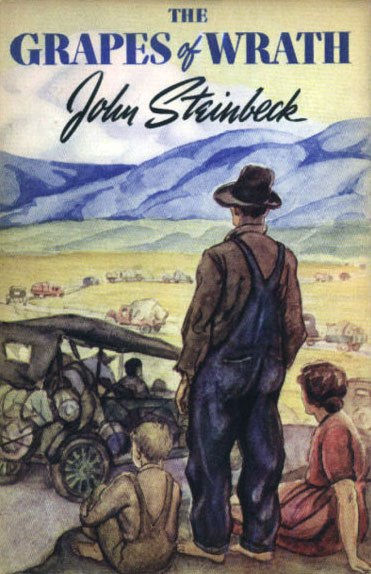
-
The Grapes of Wrath, John Steinbeck, 1939
What do author John Steinbeck and artist Alexander Hogue have in common? Both used their chosen profession to highlight the devastation caused by the Dust Bowl. Many people have heard of The Grapes of Wrath, a story of sharecroppers forced to move from their Oklahoma home due to the economic challenges that plagued the American Midwest in the 1930’s. Hogue tackles the same subject in his painting, Drouth Stricken Area, which almost reads as the aftermath of Steinbeck’s novel. Instead of depicting one family’s journey, Hogue’s painting shows a homestead that has been overtaken by dust and deserted by its owners.
Mountains Near Taos & Bless Me, Ultima
-
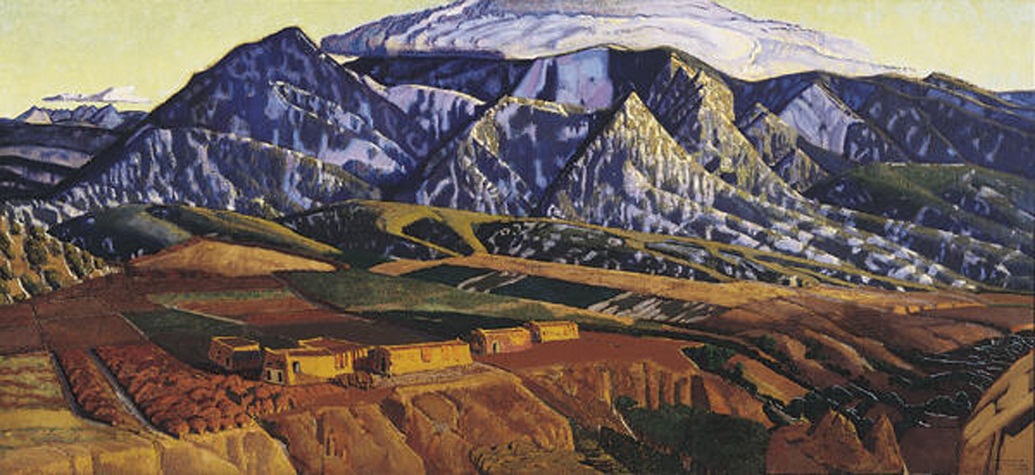
-
Mountains Near Taos, Ernest Blumenschein, 1926-34, Dallas Museum of Art, gift of Helen Blumenschein, 1960.145
-
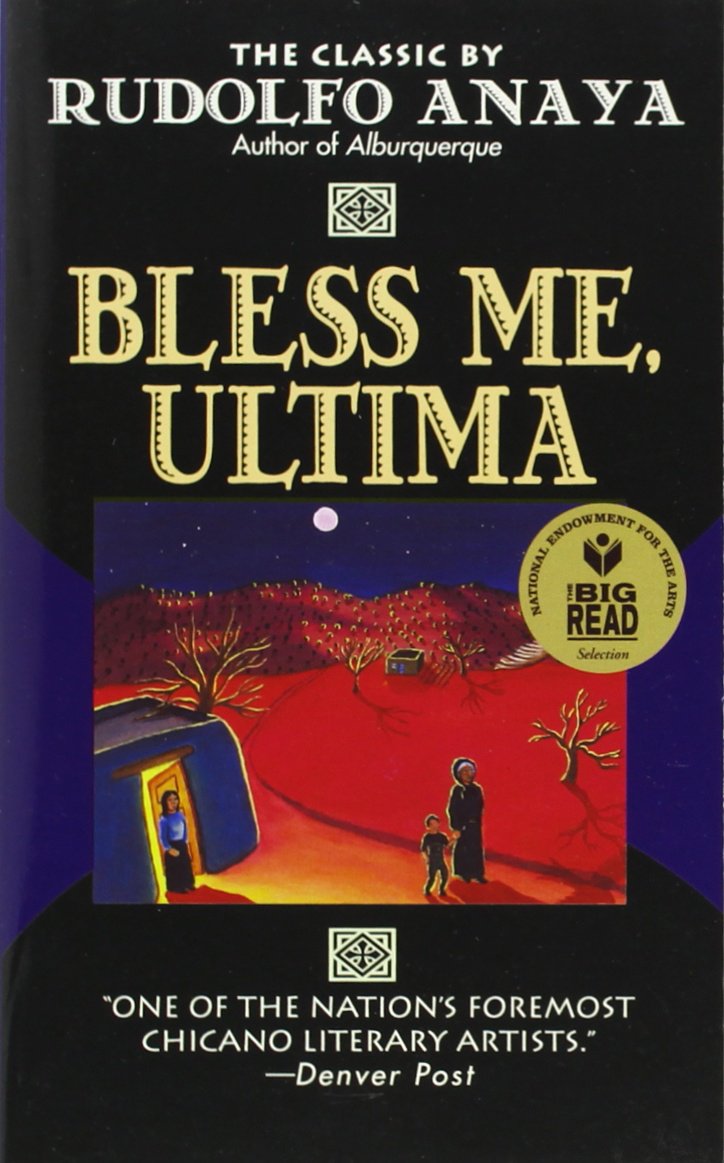
-
Bless Me, Ultima, Rudolfo Anaya, 1972
In Mountains Near Taos, artist Ernest Blumenschein offers the viewer a panoramic view of Taos, New Mexico. The jagged mountains tower over the small village in the foreground, which is the only sign that people inhabit this powerful landscape. It is this area in which Rudolfo Anaya’s novel Bless Me, Ultima, takes place. Set in New Mexico in the 1940’s, the novel is narrated by Antontio Marez y Luna. Tony shares with the reader his childhood memories and interactions with an important member of the community, Ultima. This is another coming-of age novel, which describes one child’s experience growing up in rural New Mexico (which can also be seen in Blumenschein’s painting). Bless me, Ultima has won many awards and is heralded as being the most widely read novel in the Chicano literary genre.
Those are just a few of my favorites – I encourage you to share any connections you have made between books and art! And of course, come visit us to take a closer look at some of these great artworks!
(PS: For anyone interested in the intersection of art and books, be sure to check out tomorrow’s Arts & Letters Live event featuring Peter Mendelsund, who designs book covers!)
Liz Bola
McDermott Graduate Intern for Gallery and Community Teaching
